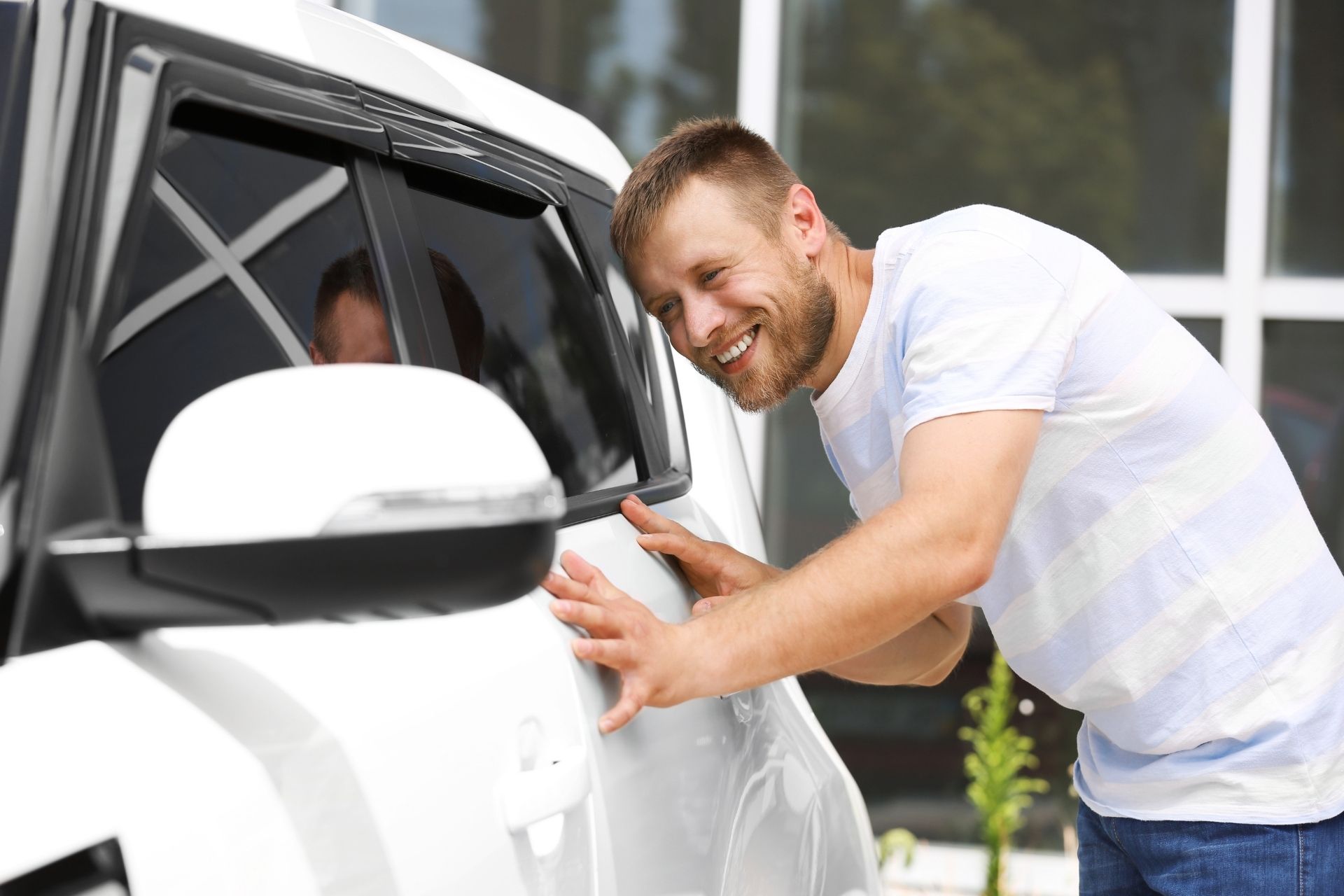If you’ve never been in a car accident before, the entire collision repair process might be confusing—and daunting. Although many clients are unconcerned with the details and only want to see the end result, having a thorough understanding of the standard accident repair process is essential.
Understanding what comes into collision repair work removes some of the mystery from the process and provides you a deeper understanding of the time, labor, and costs required in returning an automobile to its pre-accident state.
Because the details differ from one repair shop to another, we’ve outlined a few fundamental stages to help you understand what to expect when your automobile is being fixed.


Photos of the car will be taken after the paperwork is completed and the inspection result is presented. After that, the insurance company and the consumer will receive all of the essential information
Your insurance company can require that the car be torn down at this point. The request is made to ensure that any damages are properly documented and to determine if the vehicle should be repaired. The car body shop can now purchase the necessary parts after the customer and insurance company have granted their approval for the repair.


Wheel alignment and other suspension repairs will be performed if necessary. Along with the structural repairs, all mechanical repairs should be undertaken.
In the refinishing of all types of automobiles, paint preparation is an important phase. Before painting and sealing, the body shop will prepare all panels for painting. When the top color and clear coat are put to your car, the adhesion is improved.


All detail components and final moldings are attached to the car at the reassembly area. During this process, all of the car’s systems are also examined.
When your car reaches this level, the repair is nearly complete, and the vehicle is practically ready to be sent to the customer.
After all of the parts have been restored, the vehicle is washed and thoroughly cleaned inside. The body paint is polished and the surfaces are cleaned. The body shop personnel will perform a physical check as well as a test drive of your vehicle. This is to ensure that there are no driving issues that could be related to the vehicle’s repaired component(s).


The collision repairing comes to an end with this stage. The final documentation is issued and the bill is presented after the client arrives at the store to collect up their car. After that, the customer drives home in a car that has been restored to its pre-accident condition.
Do you need a high-quality collision repair shop in California? Please do not hesitate to call (323) 730-1530. Our knowledgeable staff is here to answer any questions you might have about our services.


Want to stay a proud owner of your car? See how a paintless car dent repair can make that difference.


Don’t let those dings ruin the appearance of your car, use these tips to keep your car in tip-top shape!


Here are some of the tips for choosing the right shop to work on your car — particularly when you’re the one paying the bills.
Our Privacy Policy
All Rights Reserved | Super Auto Dent Body Inc. © 2022
Designed & Created By Convert Followers